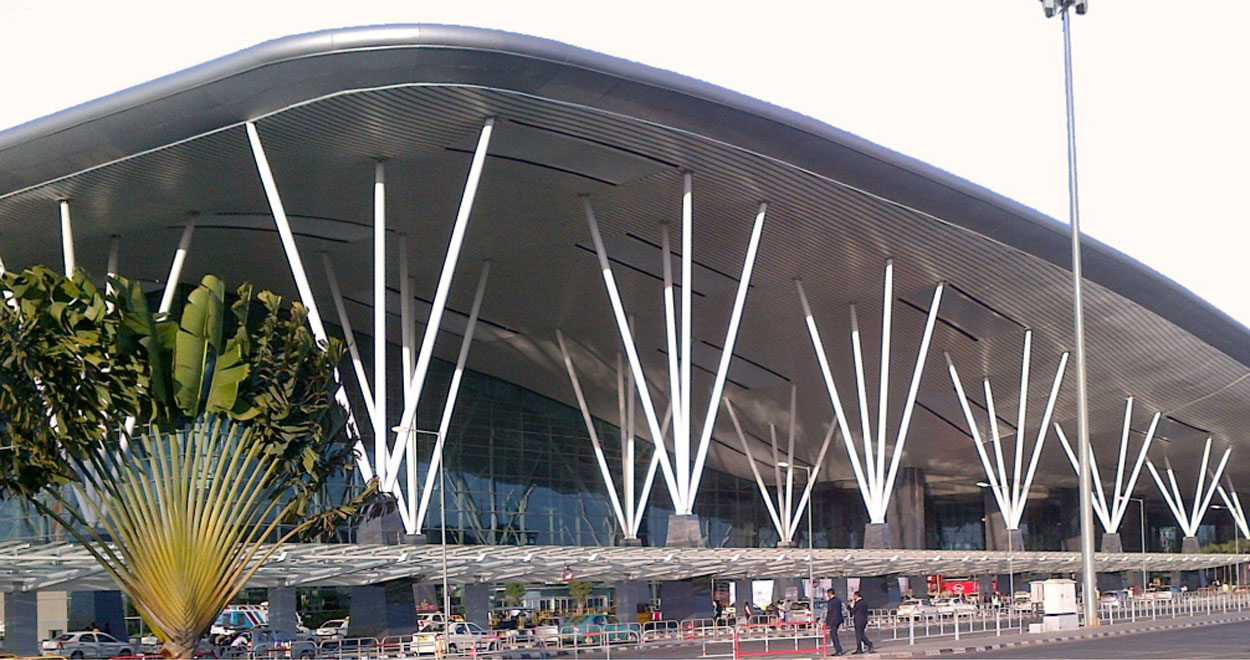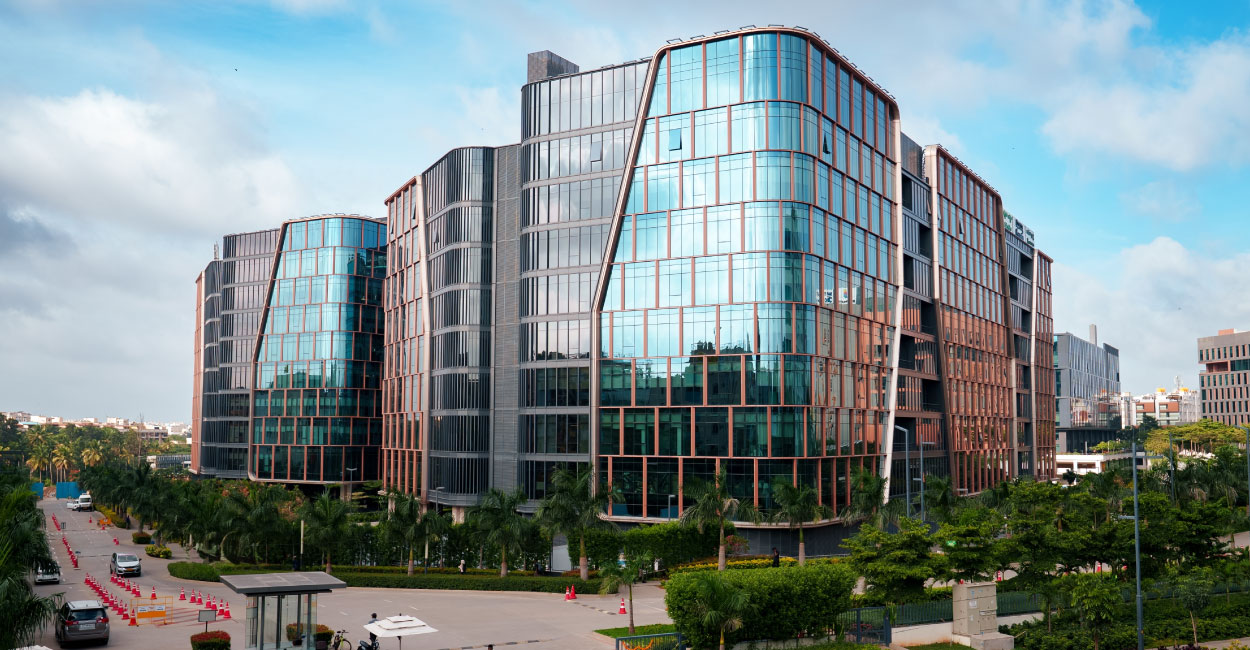The Flex Space sector in India has experienced a remarkable growth in recent years with upward trends in absorption and is now a catalyst for modern workspaces. Annual absorption of Flex Spaces has grown from a mere 3.8 M SqFt in the year 2016 to 11.5 M SqFt by the end of the year 2024; having grown at nearly 15% annually since 2016. Expansion by Flex space operators in Tier II cities was limited to Ahmedabad, Indore, Chandigarh, and Coimbatore until 2020. Post pandemic, with reverse migration and flexibility to work from home, led to companies evaluating offices in Tier II cities; the split of inventory in Tier I & II stands at 96% & 4% respectively.
The Flex space sector in India, which started mainly as a Co-working format, has evolved further and with the emergence of Managed Spaces post COVID-19, the occupier base has expanded significantly and not just limited to Start-ups and Freelancers. As of 2024, nearly 77% of the total Flex space is under Managed Spaces.
The flexibility coupled with amenities, tech-enabled spaces, and a community driven ecosystem are attracting corporates of all sizes to the Flex space and over the years, the flex space sector has become a crucial component of occupier portfolio strategies. We expect the current share of Flex space of 17% in total office space absorption to reach 28% by 2030. The Flex stock, which is currently at 66.19 M SqFt, is likely to cross 100 M SqFt mark by 2026.
Change in the format and occupier profile has led to increased interest from the Landowners. The operating model adopted by Operators, which was fixed lease akin to the commercial leasing has now paved way for Revenue Sharing models. We expect that going forward, revenue sharing models will continue to be preferred.
Flex space is evolving from all perspectives: market, product, and operations. Therefore, we have put together this comprehensive handbook for Flex space to help different stakeholders: developers, property owners, investors, operators, architects, and technical consultants to provide Flex space trends, insights and 360-degree guide during development planning, investment decision, setting up and improving operations of Flex space projects in India.
This book is a must read to understand Flex space developments in India. It covers
- Industry trends: Factors driving the growth of Flex spaces, Types of Flex spaces, Services & Amenities provided
- Supply and Investments: Flex space industry in India, Flex space Supply and split in Tier I & II cities, Fundings & Investments in Flex space.
- Key Lease transactions, Occupier profile, Office space and Flex space Absorption.
- Design & Specification: Design considerations and specifications
- Building approvals required across 6 cities (Bangalore, Chennai, Delhi NCR, Hyderabad, Mumbai and Pune) of India; and associated costs and timelines.
- Operations: Key Functions & Costs of Operating companies
- Best practices and application guidelines for applied PropTech and ESG
- Community building guidelines
- Development & Operating Models
- Development costs, Operation costs and Operating profits
- Financial analysis and Return computation
- Financing Options
- Exit Options
This comprehensive handbook for Flex space development has been thoroughly researched and referenced, with relevant information collected through interviews with architects, operators, developers, investors, and owners along with our own proprietary research.
























